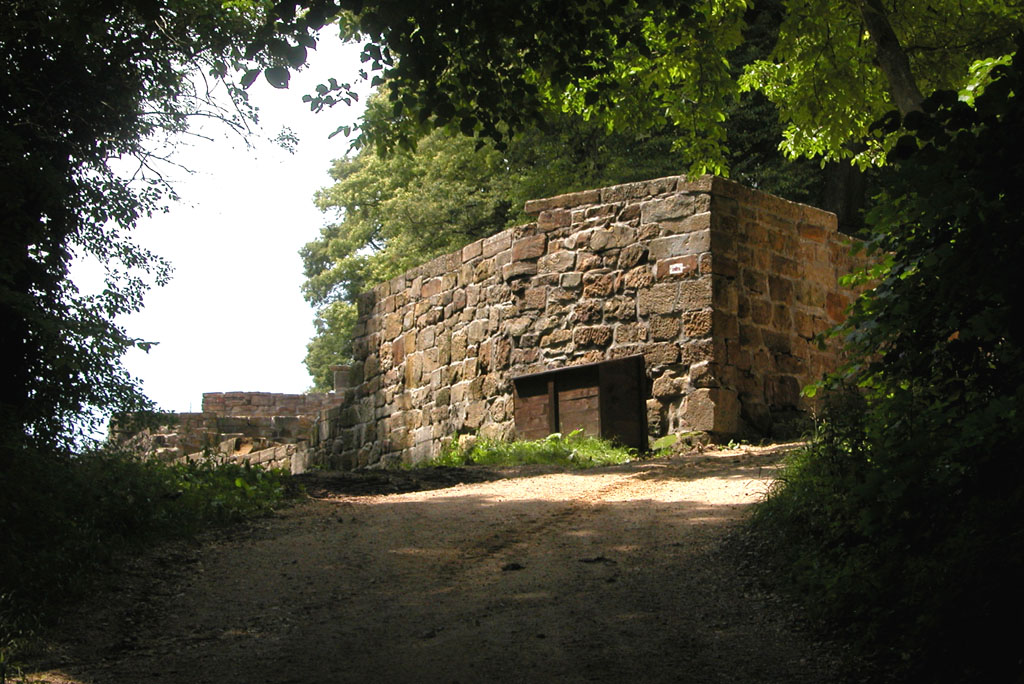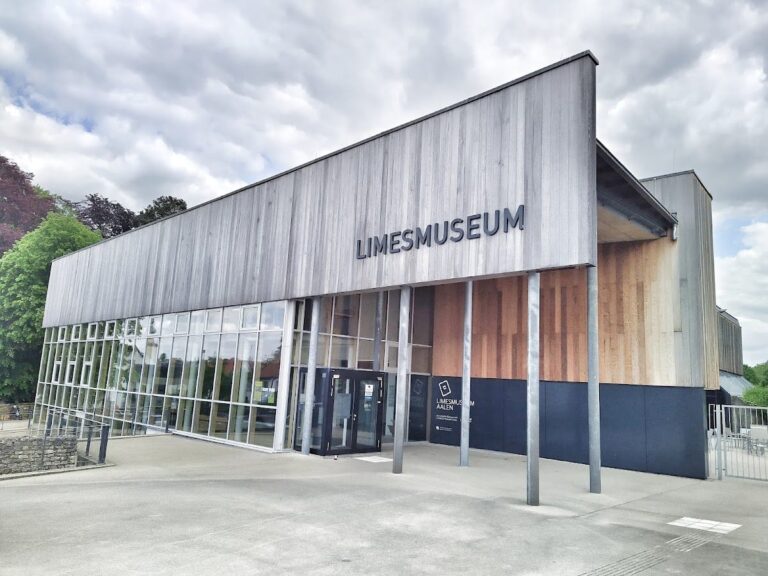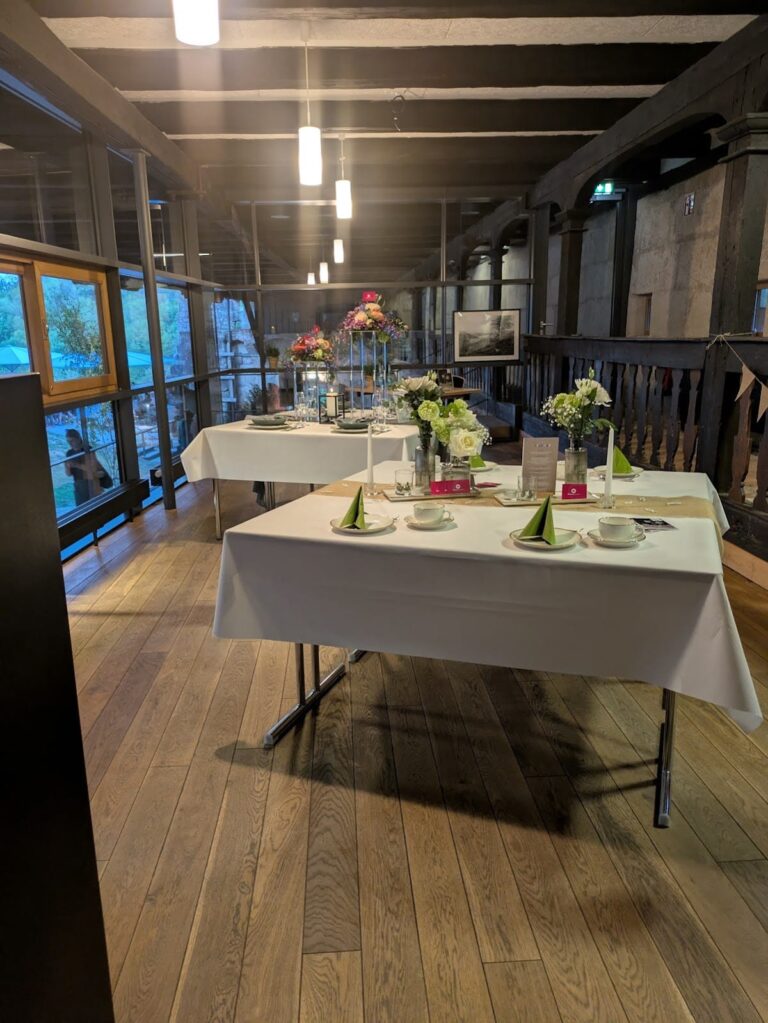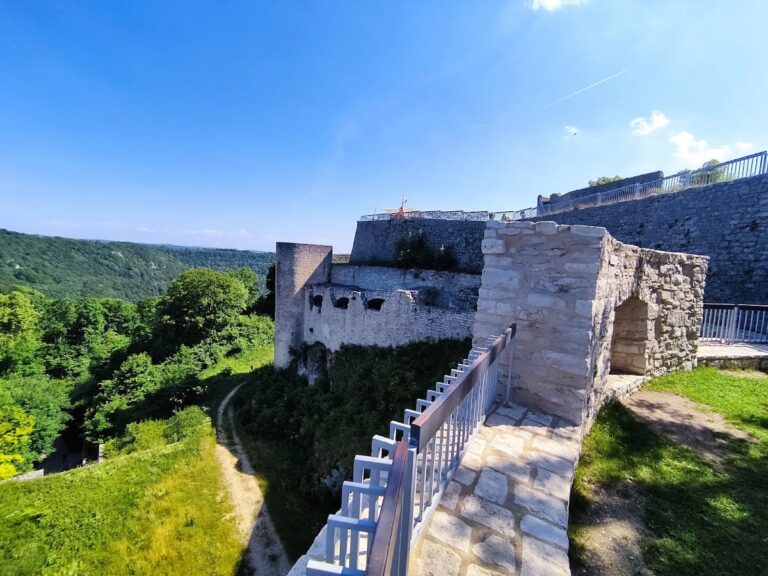Hohenstaufen Castle: A Medieval Fortress in Germany
Visitor Information
Google Rating: 4.6
Popularity: Medium
Google Maps: View on Google Maps
Official Website: www.burgruine-hohenstaufen.de
Country: Germany
Civilization: Medieval European
Remains: Military
History
Hohenstaufen Castle stands on the peak of Hohenstaufen mountain near the town of Göppingen in Germany. This medieval fortress was constructed by the German noble family known as the Staufers, who played a major role in the Holy Roman Empire during the Middle Ages.
Long before the castle’s construction, the site was inhabited in various historical periods. Archaeological finds show that settlements existed here during the Bronze Age, the late Hallstatt period, and the Merovingian era, reaching into the early High Middle Ages. These early communities left traces such as pottery and burial grounds, indicating the hill’s long-standing importance.
Around 1070, Duke Frederick I of Swabia, a member of the Staufer family, expanded an earlier fortification into a larger castle. It was from this castle and mountain that Frederick first adopted the name “Hohenstaufen.” At this time, the stronghold was a private possession of the duke’s family rather than an official imperial fortress. Over the next two centuries, it served as the ancestral home of the Staufer dynasty, which would eventually provide several Holy Roman Emperors.
Following the extinction of the Staufer line in 1268, the castle changed status and ownership. King Rudolf of Habsburg declared it an imperial castle and took control in 1288. During the following decades, it became contested between the imperial authority and regional rulers. The Counts of Württemberg seized it in 1319, but it was besieged by Emperor Charles IV in 1360. Later, it was sold to Duke Albert of Austria in 1366 before returning to Württemberg control in 1372.
In the early 16th century, the castle was granted to Georg Staufer von Bloßenstaufen by Emperor Charles V. Georg claimed descent from the original Staufer family, linking the castle once again to its founding lineage. However, the castle’s prominence ended abruptly during the German Peasants’ War. On April 29, 1525, peasant forces briefly besieged and attacked it, setting fire to the fortress, with some accounts dating the burning to May 1. After this destruction, the castle fell into ruin and was gradually dismantled for building materials.
Throughout the late 1500s, stones from the walls were reused for constructing Göppingen Castle under Duke Christoph of Württemberg. By this time, only the bare walls and towers stood without roofs or timber elements. A keep known as the bergfried remained as a ruin documented in the late 1600s but was demolished in 1705 due to its instability.
Plans to rebuild a fortress on the site were considered in the 1730s but abandoned following the death of Duke Carl Alexander in 1737. By the end of the 18th century, visible remains had mostly vanished. Archaeological excavations in the late 19th and 20th centuries uncovered the foundations and various structural remains, which have since been stabilized and preserved. A dedicated documentation center was established at the mountain’s base in 1977, while a commemorative stele was placed on the summit in 2002 to honor the castle’s history.
Remains
The remains of Hohenstaufen Castle reveal an elongated, oval-shaped fortress situated on the summit of the conical Hohenstaufen mountain. The castle’s layout included an inner core known as the Kernburg and an outer courtyard area called the Vorburg, separated by a defensive wall constructed in the 12th century.
One prominent feature was the bergfried, a large stone tower serving as the castle’s main keep. This tower measured approximately ten meters on each side and was built using a technique called rusticated ashlar masonry, or Buckelquadermauerwerk, characterized by rough-hewn square stones. While the bergfried stood in ruin by the late 16th century, it survived until its demolition in 1705 due to safety concerns.
Archaeological excavations revealed foundations of walls and other structural elements, providing insight into the castle’s construction phases and modifications over time. Some surviving wall sections still show the characteristic masonry style. Conservation efforts carried out as recently as 2010 have stabilized and enhanced these foundational remains.
The site has also yielded artifacts linked to earlier occupation phases, including pottery identified as “older yellow wheel-thrown ware of the Runder Berg type,” dating from the 8th to the mid-11th century, reflecting Merovingian cultural influences. Nearby burial grounds containing approximately twenty graves correspond to the late Merovingian or early High Middle Ages, highlighting the long human presence before and during the castle’s active period.
Today, the castle exists as a collection of ruins and archaeological traces. There is a modern restaurant near the summit built in 2010, replacing an earlier shelter, but the original fortress elements remain exposed primarily as foundations and fragmentary walls. A commemorative stele on the mountaintop marks the historical significance of the site, preserving the legacy of the Staufer dynasty and their medieval stronghold.









